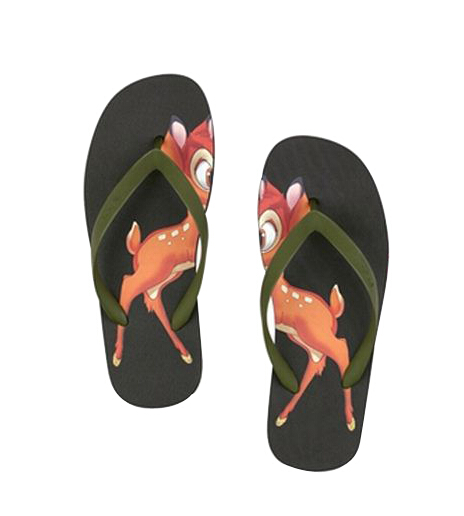- Contact us now!
- +86 18868944843
- ken@nbthe.com
Herringbone heat transfer transfer technology process
一、the introduction of herringbone heat transfer printing technology
Transfer refers to a printing method in which the image on the intermediate carrier film is transferred to the substrate by corresponding pressure, and depending on the pressure used, the transfer can be divided into water transfer, herringbone heat transfer, and gas. Transfer, screen transfer, low temperature transfer, etc. Among them, the herringbone heat transfer printing is to print any image such as portraits and landscapes using herringbone drag ink (ie, sublimation ink) on color inkjet paper (or inkjet paper for thermal sublimation), or ordinary The ink is printed on the film mouse pad thermal transfer paper, and then heated to a certain temperature in a few minutes by the flip-flop heat transfer device, and the pattern color on the paper is faithfully transferred to porcelain, glass, metal and plastic. , a special printing process on cotton textiles and other materials.
It can be seen that with the herringbone heat transfer printing technology, even if the multi-color pattern is a process, the flip-flop transfer operation is only a process, so the customer can shorten the work of the printing pattern and reduce the material caused by the printing error. (finished product) loss. In other words, the use of herringbone heat transfer printing can be used to map multi-color patterns at once, without the need for color registration, even if only a few simple devices can be used to print realistic patterns, thus greatly improving its scope of application and implementation. Transfer operation.
二、 the production tools and implementation process
The herringbone heat transfer printing technology can be widely applied to articles such as porcelain, glass, metal, plastic, cotton textile, etc., but because the herringbone heat transfer transfer is limited by the heated area and the shape of the object, for different areas Shaped objects often need to use specific manufacturing tools. Among them, the commonly used herringbone heat transfer printing tools mainly include flat machine (hot press machine), baking machine, baking cup machine, etc., but after all, how to make them They are based on the principle of thermal transfer of EVA slippers, so the production steps and processes are similar, but the application of the flip-flop transfer tool is different. The following is an example of transferring a picture to a clothes using a tablet machine to illustrate the steps and flow of the flip-flop transfer production.
Step 1: Print the image through a color inkjet printer.
The second step: the printed pattern is placed on one side, and the transfer starts after about 15 to 20 minutes. When transferring, when placing the printed image on the clothes, the pattern should face down, and then adjust the time according to the requirements of the transfer of the flip-flop transfer device (usually 20 seconds), and close the device. Heating sheet (Note: Before printing, the cotton T-shirt should be sprayed with a little deepening agent on the printing part, and then dried before the flip-flop is applied. The function is to change the ink color by hot pressure and improve the ink. Bright effect on clothing).
Step 3: In order to avoid the clothes being too yellow and yellow, you can put a lining on the clothes and then carry on the flip-flop transfer. After the time alarm of the herringbone heat transfer device, lift the heater chip, quickly uncover the pattern paper, take out the clothes, and turn off the power of the device.
The fourth step: After the temperature of the clothes is cool, stacking the bags, the whole herringbone heat transfer printing can be completed, and the finished product can be finished.


